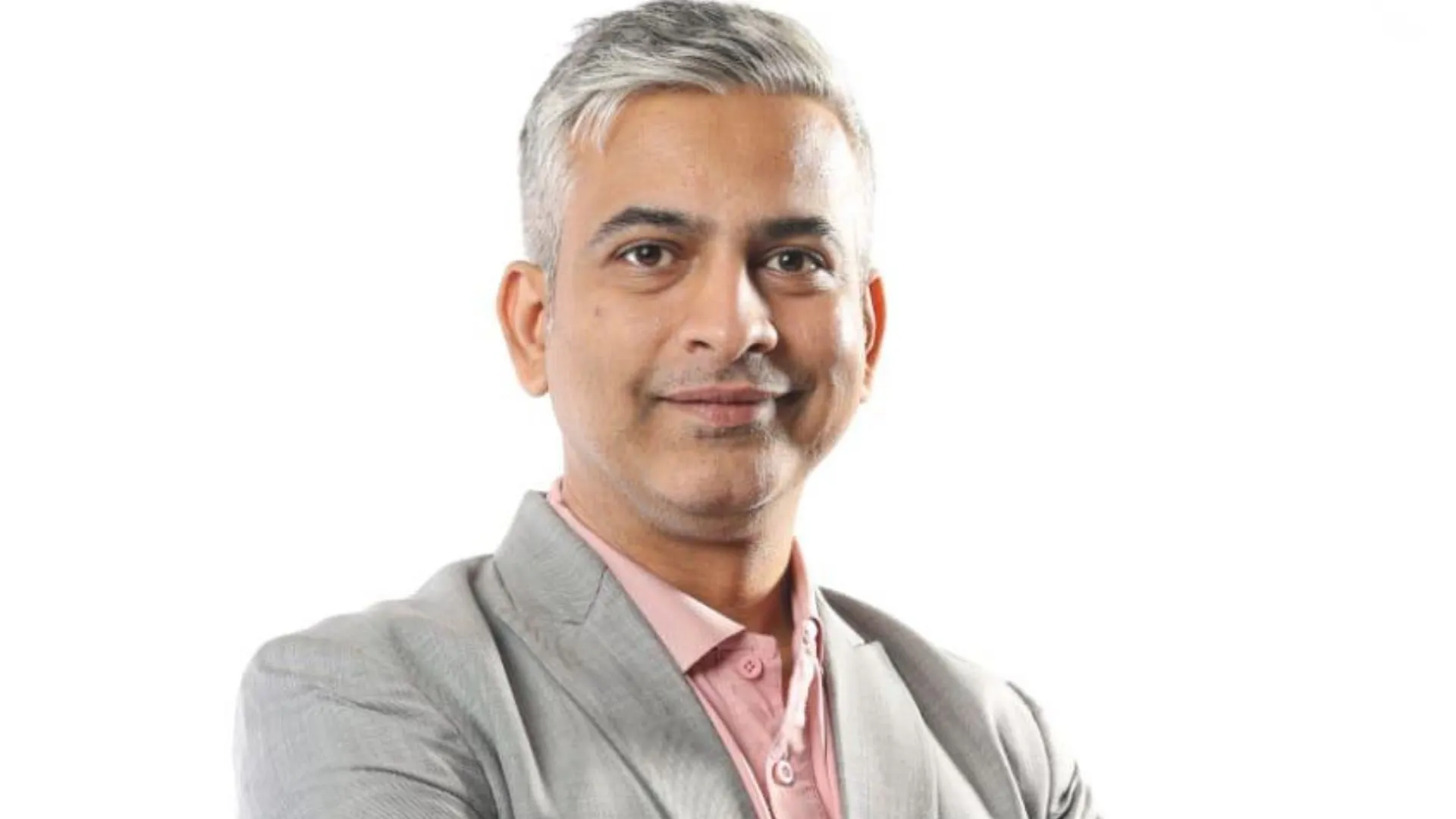Every parent hopes their child will mature to be healthy and happy. It is therefore unsurprising that so many of our choices for our children focus on preventing whatever we fear most — that they will catch an infection, fall out of a tree, not get enough nutrients from their food, etc. Parenting can feel like navigating a shadowy jungle — threats lurking on all sides — and our job is to hack back the dangers and carry our child through to adulthood, unharmed.
Ancient health wisdom from Ayurveda offers us an alternate vision. Rather than be scrambling guardians against injury and disease, we are invited to live lives of joy and well-being, radiating physical and mental health so steadily, that health challenges and seasonal changes, infections and injury, are met with optimism and strength. Ayurveda assures us that rather than feverishly identifying and addressing every point of weakness or infectious invader threatening our child, let us be radically expansive in our approach to health and holistic well-being.
In this time when the world seems as fearsome as ever, the risks so far out of our control, the responsibility of protecting our children against physical disease and mental stress seems more in the hands of God alone than ever before. B
ut we have a treasure trove of guidance and support in our literal and cultural backyards and balconies. We need not sit in idle fear and wait for a vaccine or miracle supplement. We can dip into the well of Ayurveda’s wisdom to find our inner source of ease and well-being. We can use our kitchen and garden pharmacy and live aligned with nature’s rhythms as Ayurveda’s sages encouraged us to do.
Teaching our children principles of holistic health for physical immunity and mental resilience is the wisest and most proactive option we have.
Here are a few timeless holistic health practices from Ayurveda along with suggestions for how you can introduce them to your children. They seem so simple on the surface, but as you bring them into your life, you will find a greater sense of confidence and trust in the body and mind’s immunity and strength.
1. Connection to Sense of Hunger and Satisfaction
How often we see our children holding a biscuit from the kitchen and say, “Don’t eat snacks now, we are having lunch soon!” This same child is often cajoled and distracted during the next meal because they don’t seem to want to eat anything. Then we worry about their nutrition.
The sensation of hunger is an important biological signal from our body that our system is ready to consume food. Agni, our digestive fire, is described as a sacred metaphorical flame in Ayurveda and all lifestyle and diet recommendations aim to keep a steady fire to enhance immunity and ward off disease.
Parents must allow children to connect with their inner Agni cycles of hunger and satisfaction for a lifelong healthy relationship with food. This means we have to set a rule about snacking and not be afraid for them to feel hungry before a meal (since this is appropriate).
To illustrate for children the importance of not snacking between meals: Ask them to imagine they are baking a cake. This cake should be perfectly fluffy and golden, moist and spongy. Describe putting some wholesome cake batter in a pan and popping it into the warm oven. Then imagine we are so eager for that wonderful cake, that after a few minutes of baking we decide to add some more batter so that we will end up with more cake. It bakes for some more time, then we see that there really is only a little batter left in the bowl, so we open the oven again and put the last few dollops on top. Soon the timer goes off, and we open the oven to find that the cake is burnt in places and gooey in others. The whole thing is a yucky mess because we opened the oven so many times and kept adding more raw batter.
Tell the child that our stomach is like a magical oven. We put in food and that hot oven transforms it into our hair, bones, blood and all the rest of us. If we want a body that is strong, healthy and beautiful, we have to put in the ingredients all at one (eat a healthy meal) and let the oven do its work fully until the timer goes off (we feel hungry again). Then we are ready to make a new batch.
2. Rhythm of Sleep
Sleep is described as a pillar of our health in Ayurveda. Our biological health, emotional happiness and lifespan itself depend on healthy sleep. Having a regular bedtime and waking up without an alarm around sunrise are important lifestyle patterns to cultivate. To inculcate this, we need to begin winding down our activity level around the time the sun begins to set or at least an hour before bedtime. This means we start turning off electronics and mentally preparing for a turn inward in sleep. Traditionally, the daily rhythm of our ancestors revolved around the sun and there was an organic turn inwards that happened after sundown.
To bring this theme of sleep to children:
Ask them to imagine a lotus flower. All night its petals stay closed uptight. As the sun rises, it gently opens its face to the light, gradually unfurling its beauty to the new day. When the day draws to a close, the lotus flower slowly closes up, tucks itself in and covers its face to rest all night. Tell the child they are like a lotus flower, open and vibrant all day but as the sun goes down, we also slow down, come inside, wash up, read books and get ready to close up into ourselves for nourishing sleep.
Parents should give themselves loving care
The most important way to bring health to your child is to practise self-care for yourself. Not only will you be a calmer, less-stressed parent but you are modelling what a healthy lifestyle looks like. Let your child accompany you on your journey of loving self-care and together explore the joy of a day lived with the rhythm of nature.
The writer is an Ayurveda health educator and author of ‘The Song at the Heart of the River’ (HarperCollins India).










